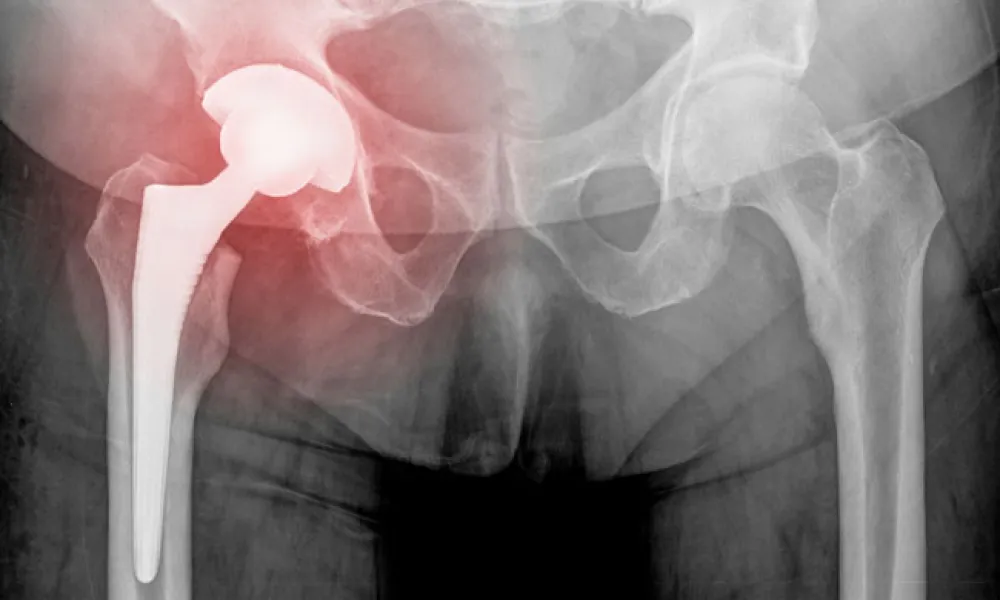Hip replacement surgery has been called the operation of the century by “The Lancet” medical journal. Certainly, most would agree that hip and knee replacement have dramatically changed the lives of millions of people over the last several decades. Striking a balance between innovation and patient safety is always the challenge of any industry.
Innovation has led to changes in fixation of hip replacements from all-cemented total joint replacements in the 1970s and early 1980s to primarily cement-less hip replacements currently. These changes were not without some misadventures, but ultimately a more durable form of fixation that gives the opportunity for long-term success has evolved.
We have seen significant changes in bearing surfaces over the last two decades. The traditional metal on conventional polyethylene has evolved to metal on cross-linked polyethylene, ceramic on ceramic, ceramic on cross-linked polyethylene. There are still advocates of metal-on-metal bearings, and, in fact, many with that bearing combination continue to do extremely well.
Some advocate waiting for long-term follow-up before implants are released for general use. On the one hand, this would avoid unintended consequences for a population of patients, but on the other hand, it would artificially withhold innovative products from improving the lives of patients. I think a balance needs to be struck between evaluating new technology and artificially withholding new technology from the patient population. By listening to all stakeholders in this formula, including patients, physicians actually using the device or drug, and manufacturers, we can hopefully “get it right” when it comes to innovation in new technology.

